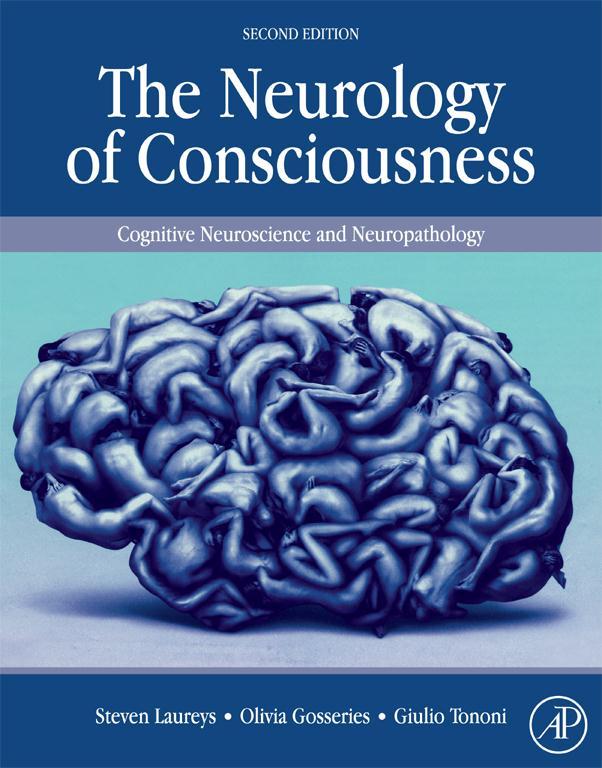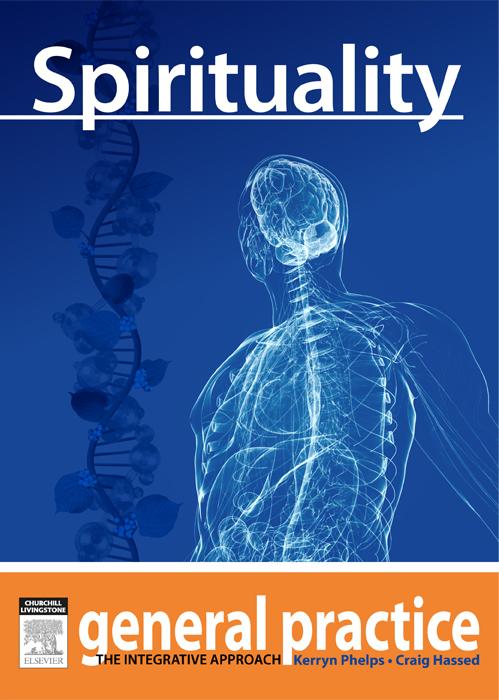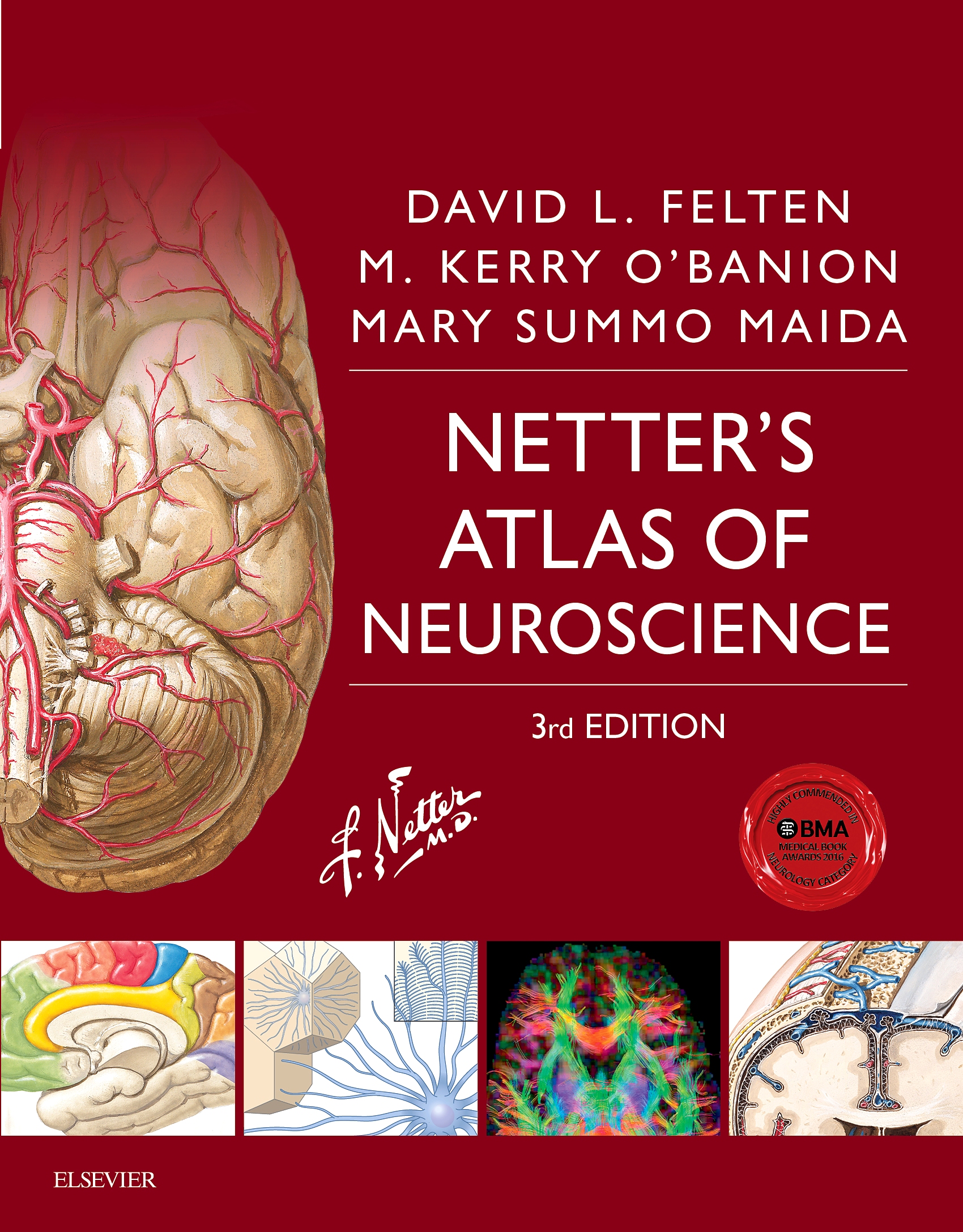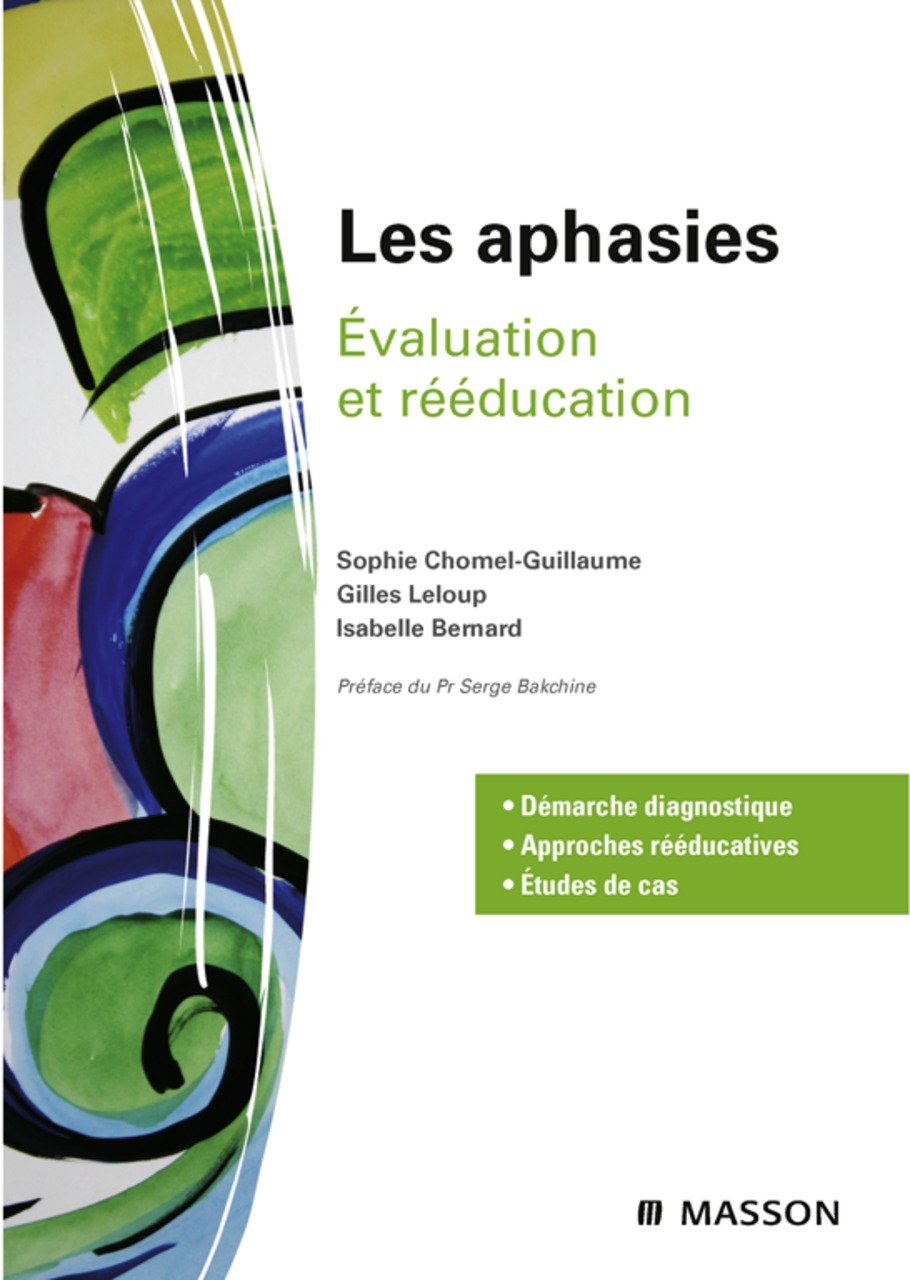Adaptive Mechanisms in the Ecology of Vision
by S. Archer
2020-05-30 07:30:08
Adaptive Mechanisms in the Ecology of Vision
by S. Archer
2020-05-30 07:30:08
John Lythgoe was one of the pioneers of the ''Ecology of Vision'', a subject that he ably delineated in his classic and inspirational book published some 20 years ago [1]. At heart, the original book aimed generally to identify inter-relationships be...
Read more
John Lythgoe was one of the pioneers of the ''Ecology of Vision'', a subject that he ably delineated in his classic and inspirational book published some 20 years ago [1]. At heart, the original book aimed generally to identify inter-relationships between vision, animal behaviour and the environment. John Lythgoe excelled at identifying the interesting ''questions'' in the ecology of an animal that fitted the ''answers'' presented by an analysis of the visual system. Over the last twenty years, however, since Lythgoe''s landmark publication, much progress has been made and the field has broadened considerably. In particular, our understanding of the ''adaptive mechanisms'' underlying the ecology of vision has reached considerable depths, extending to the molecular dimension, partly as a result of development and application of new techniques. This complements the advances made in parallel in clinically oriented vision research [2]. The current book endeavours to review the progress made in the ecology of vision field by bringing together many of the major researchers presently active in the expanded subject area. The contents deal with theoretical and physical considerations of light and photoreception, present examples of visual system structure and function, and delve into aspects of visual behaviour and communi cation. Throughout the book, we have tried to emphasise one of the major themes to emerge within the ecology of vision: the high degree of adaptability that visual mechanisms are capable of undergoing in response to diverse, and dynamic, environments and behaviours.
Less































